Welcome to MG 2.0
Author:
Unlock your full potential by engaging with our experts and community! Have questions about your fitness journey or looking for expert advice on weightlifting techniques? Don’t hesitate — leave a comment below and Sergii Putsov will provide a personalized answer and insights to help you reach your goals.
Torokhtiy is reader-supported. Some links are affiliate links, and we may earn a commission at no extra cost to you. See our disclosure page for details.
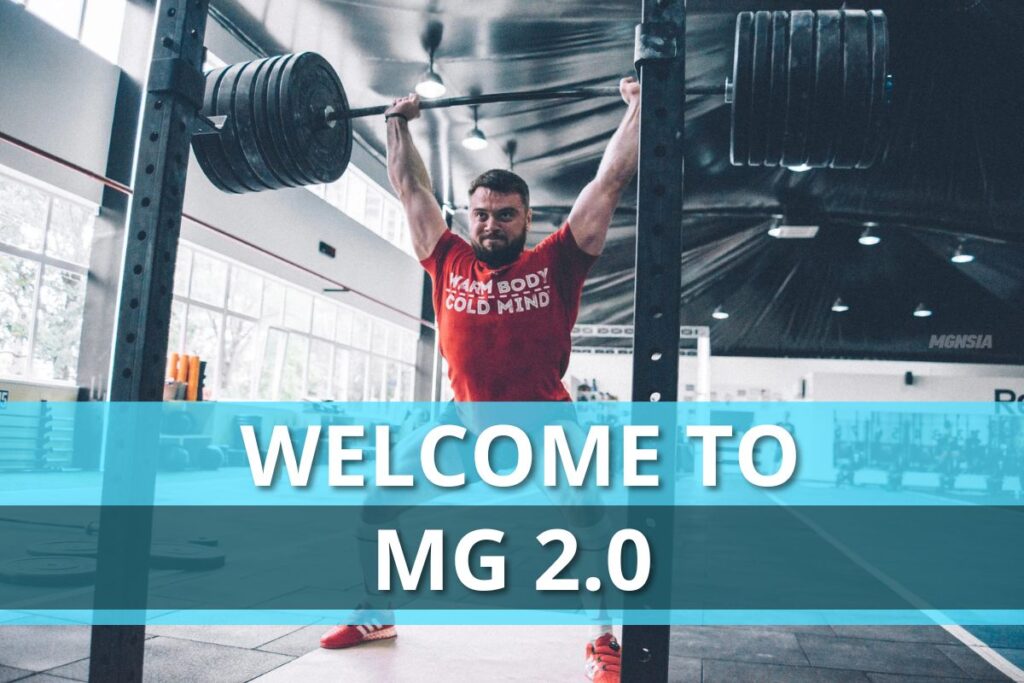
The main goal of training in weightlifting is athletic performance: that is, the number of kilograms that an athlete can lift in the snatch and clean and jerk. There are many components of a sports result: genetics, technique, motivation, the level of organization of the training process, and so on. Each athlete focuses on his pool of components, but sooner or later we reach the so-called plateau when the progress of the result slows down or stops altogether.
Here one simple rule of biomechanics comes to the rescue of weightlifters: the level of strength is always directly proportional to the amount of muscle mass. That is, the physically more muscles an athlete has, the more strength potential he has, regardless of all other training factors.
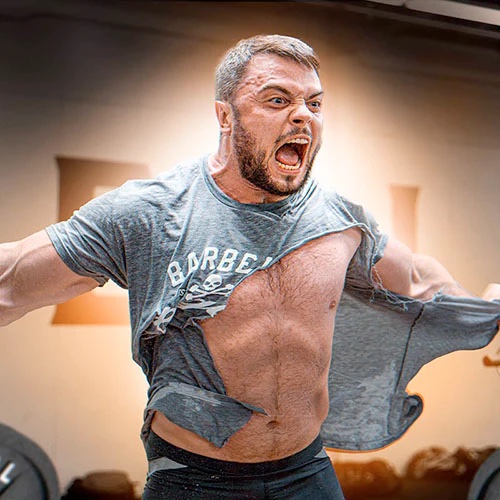
Weight gain and transition to a heavier weight category is an integral stage for all weightlifters who started training in childhood (12-14 years old). Teenagers grow up, their skeletons and muscles develop naturally and become heavier and heavier.
By the way, one of the most common coaching youth training mistakes is to restrain the growth of their body weight for the athlete to remain in his weight category. At the junior stage, this can give you a chance to “catch” medals, but later it can cause chronic injuries and stop your progress. In my opinion, in junior age, it is permissible to “reduce” body weight before the competition within 2-3 kg. If the weight of an athlete during preparation exceeds the weight category by more than 3 kg and his fat mass is in the range of 10-15%, this indicates that the body “asks” for muscle gain and should not be stopped.
You may like it:
- Detailed Olympic Weightlifting Program For Beginners
- 12-Week Weightlifting Program For Women (Detailed Example)
- Create Your Olympic Weightlifting Program (Examples Included)
Follow us!

Free!
Get a 2-week Weightlifting Program as a bonus for the subscription to kickstart your training plan!

Free!
When it comes to adult athletes (20+ years), maintaining and gaining muscle is an important condition for an effective and safe training process.
Which weightlifters need to increase muscle mass?
First of all, for those who miss it. Ever since Soviet times of weightlifting, there have been height-weight models. To understand if your athletic body weight is normal, read this article.
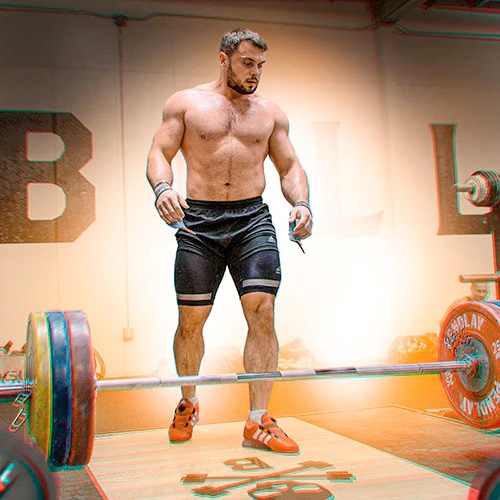
It is also important to remember that during training, athletes in lightweight categories (up to 73 kg) usually weight 1-2 kg more in their category, and heavier ones by 3-3.5 kg. This “reserve” is because, against the background of large training loads, more water is retained in the muscles and this contributes to a more qualitative recovery. Before the competition, against the background of reduced loads, “cutting carbohydrates” and pre-competition excitement, the extra kilos will be loosed, which helps to become faster and less stiff. So if, for example, you enter the 96 kg category, and your training weight is 93 kg, then you are potentially missing another 5 kg, which can greatly help you in the snatch and C&J))
How do you know when it’s time to move to the new weight category?
If you have been competing in this category for more than 3 years, the result stands still, but there is a margin of growth and the desire to lift more kilos on the barbell, then it’s time to gain some muscles.
There are 3 factors in the selection of “quality muscle mass”:
- sports mode (rational daily routine and sleep 8+ hours a day);
- nutrition program (I am happy to inform you that shortly we are waiting for super news);
- an adequate training program and periodization.
My first Muscle gain training program came out about 3 years ago and more than 1000 athletes have completed it during this time. During this period, we have collected a large amount of feedback, both on periodization and load balancing, as well as on design, visualization and technical design. Of course, I took all this into account when developing a new version 2.0.
What this training program is unique?
- The programming takes into account the specificity of muscle recruitment in weightlifting. During gaining muscles, we must not lose speed, coordination and mobility. Therefore, the program contains the optimal amount of load in snatch and C&J exercises, as well as exercises for the development of special and general flexibility and mobility.
- The program does not include extreme intensity, but the volume and load of basic exercises create optimal stress on large muscle groups, due to which the bodyweight is mainly increased.
- This approach made it possible to create a balanced training cycle in which muscle growth will qualitatively contribute to the growth of results in the competitive weightlifting exercises in the short term.
The training cycle is 5 weeks long, so below I provide a brief outline of the goals for each week to give you an understanding of what the athletes are looking for.
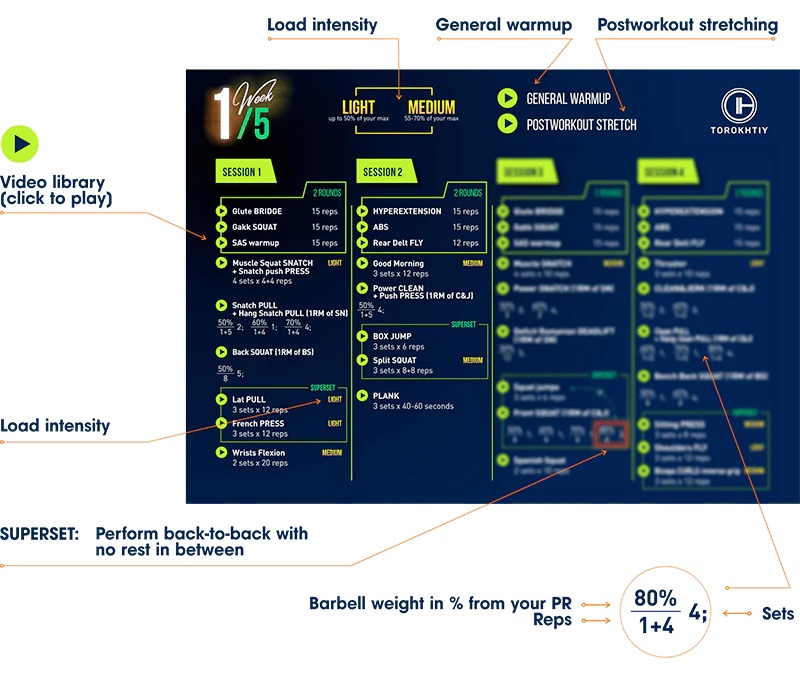
Week 1. Goal: load main muscle groups and prepare the body for upcoming big loads of stress. That is why volume and intensity will be average and you will get both weightlifting and total bodybuilding training.
Week 2. Goal: execute a huge volume of work to create efficient stress on big group muscles. Get ready for squat and pull variety and pumping supersets. Big loads, a smart nutrition approach, and a focus on day schedule discipline will push active muscle growth in a while.
Week 3. Goal: light deload and recovery. Less activation routine, amount of exercises and sets reduced. Keep in mind – this is not tapering, just a small deload for recovery and better muscle gain. Variety of loads is the best instrument for further quality adaptation.
Week 4. Goal: bring a big volume. The goal is to focus on a heavy training routine – a lot of reps in squats, pull variations, auxiliary and bodybuilding drills. Also, every session includes supersets for more intensive muscle pumping.
Week 5. Goal: get more muscles and power for new weightlifting PRs. A big volume of work in squats and pulls variation again. Supersets are an integral part of every workout, so I promise you will not be bored at all.
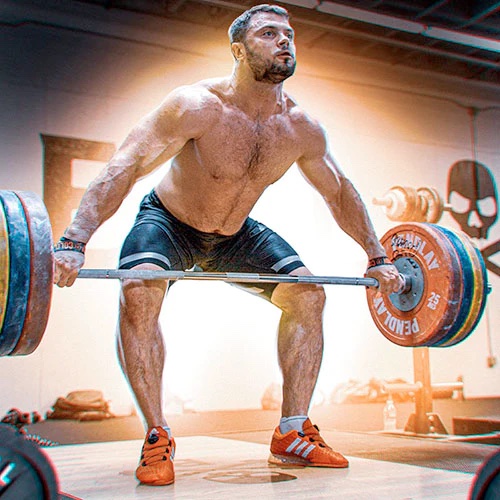
Every time my team and I launch a new product for weightlifters and functional fitness athletes, I am pleased to think that we are contributing to the progress and development of these sports.
During the creation of this program, I remembered a funny story from my junior times: when someone from our team significantly added in body weight, our coach always said: “you have become so wide that now it is easier to jump over than to get around you”!
I wish to all the necessary body kilograms and maximum on the barbell!
Related articles:
- Top 5 Weightlifters Nutrition Mistakes
- 6 Rules For Gaining Muscle Mass
- Intermittent Fasting – Benefit Or Harm?
- Supplements For Mass Growth
You might be interested in:
Why Trust Us?
With over 20 years in Olympic weightlifting, strength training, nutrition coaching, and general fitness our team does its best to provide the audience with ultimate support and meet the needs and requirements of advanced athletes and professional lifters, as well as people who strive to open new opportunities and develop their physical capabilities with us.
By trusting the recommendations of our certified experts in coaching, nutrition, and sports training programming, as well as scientific consultants, and physiotherapists, we provide you with thorough, well-considered, and scientifically proven content. All the information given in the articles concerning workout programming, separate exercises, and athletic performance, in general, is based on verified data.
The product testing process is described in more detail here.
Author: Sergii Putsov
Head of Sport Science, PhD
Best Results: Snatch – 165 kg,
C&J – 200 kg
Sergii Putsov, Ph.D., is a former professional weightlifter and National team member, achieving multiple medals in the 94 kg weight category at national competitions. With a Master’s degree in “Olympic & Professional Sport Training” and a Sport Science Ph.D. from the International Olympic Academy, Greece, Sergii now leads as the Head of Sport Science. He specializes in designing training programs, writing insightful blog articles, providing live commentary at international weightlifting events, and conducting educational seminars worldwide alongside Olympic weightlifting expert Oleksiy Torokhtiy.



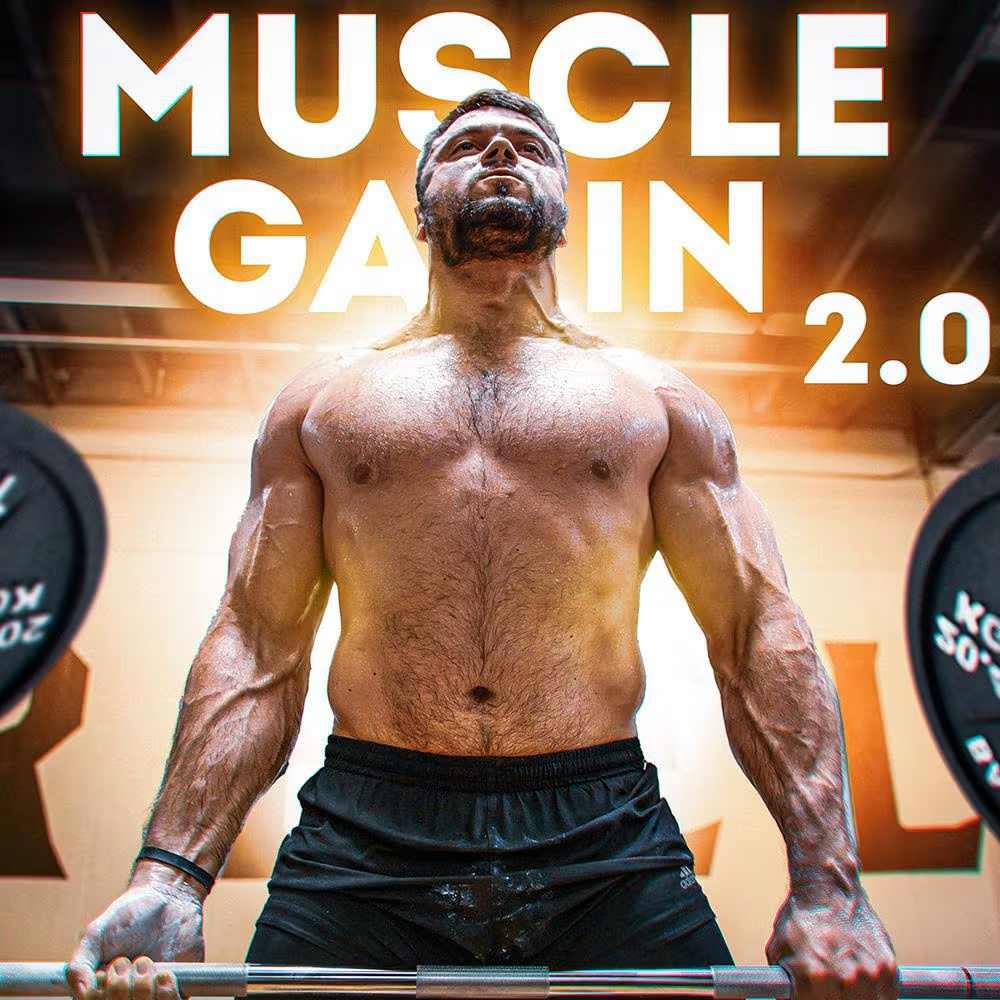
I have this program MG 2.0. I’m working with it now and I am really enjoying it along with my woman’s weightlifting program of yours. They are great programs and I have seen improvement in myself with the help of them. Thank you